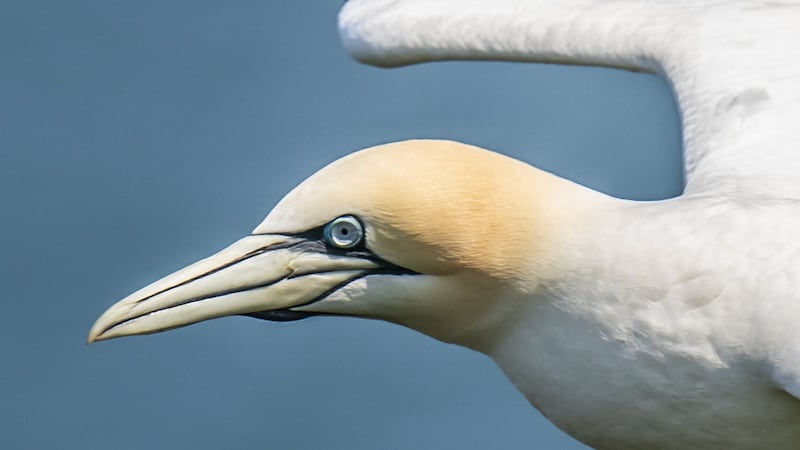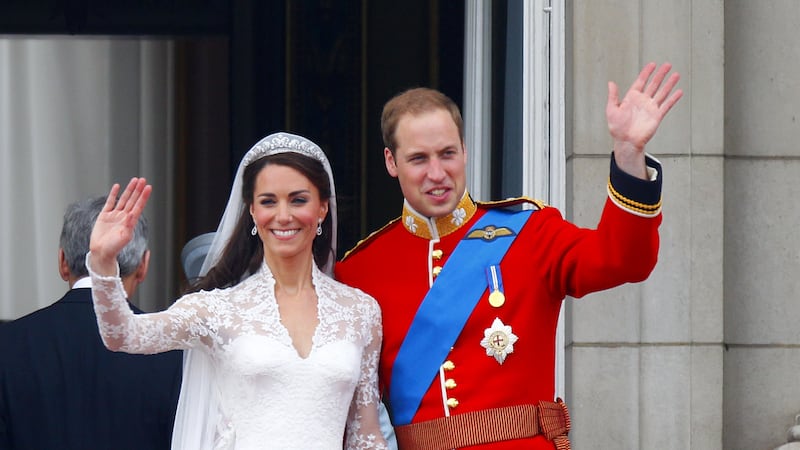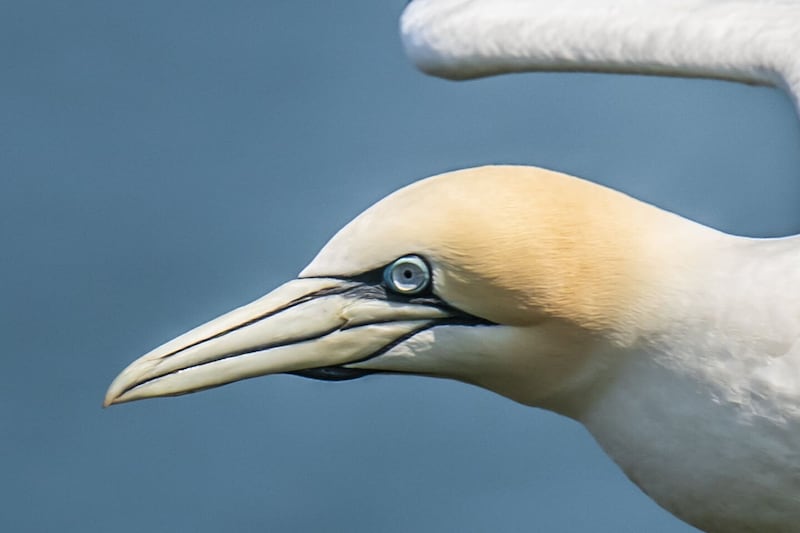Some seabirds are showing signs of developing immunity to avian influenza, new research published on Friday has revealed.
Some of the UK’s top scientists say preliminary investigations in a small sample size of northern gannets and shag revealed specific immunity to the H5N1 strain of the virus, showing exposure and recovery in a proportion of birds.
A major research consortium called FluMap, which is led by a team at the Animal Plant Health Agency (APHA), has developed laboratory tools that can dissect the immune response in birds that have been exposed to avian influenza viruses in their lifetime.
While bird flu viruses are prone to change and so antibody levels will likely decline over time, with next year’s offspring not guaranteed to be immune, scientists hope to look at the effect of antibodies on infection so they can better predict the emergence of new viruses with different protein combinations in the future.
The consortium has been granted £3.3 million from UK Research and Innovation’s (UKRI) tackling infections programme and the Department for Environment, Food and Rural Affairs (Defra) to continue their research.
Christine Middlemiss, the UK’s chief veterinary officer, said the virus is a global threat that has a “really significant and devastating impact” on both wild and kept birds, and she is “delighted” their research has been given ongoing funding.
She said: “It is a really exciting project because we continue to have a global issue with avian influenza, particularly the H5N1 strain. We have had two winters now with H5N1 and a significant number of outbreaks.
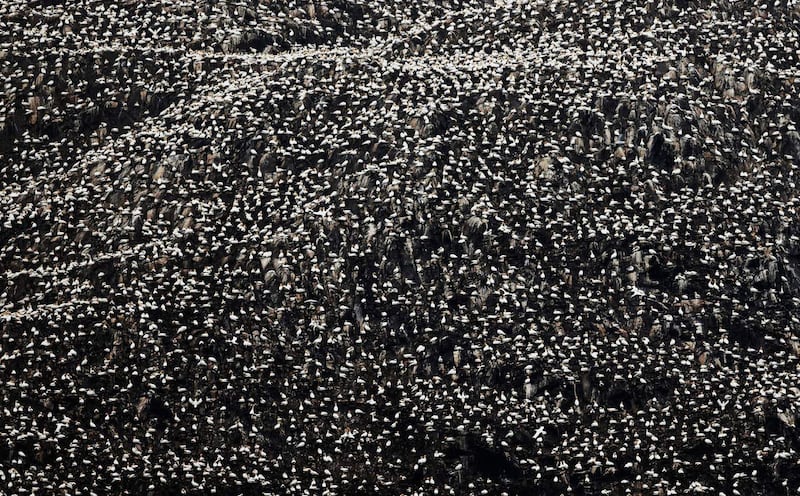
“There is real concern about what this autumn and winter will mean for our kept birds, and concerns also on the impact on our wild birds.
“We are running at a high risk level for infection in our wild birds but low in our kept poultry. It doesn’t mean to say it won’t happen and we continue to encourage all bird keepers to remember biosecurity precautions.”
There have been more than 337 cases of bird flu in farmed poultry confirmed across Great Britain since late October 2021.
One of the big concerns going into winter will be migratory birds returning from overseas, with Ms Middlemiss saying researchers will be “watching closely” to see what they bring with them.
Bird flu outbreaks have had a devastating impact on seabirds, with an outbreak last year on the Farne Islands, off the coast of Northumberland, killing more than 6,000.
Ms Middlemiss said the “overarching message” is that while scientists are not seeing the same level of cases as this time last year, “we are still at high risk of infection”.
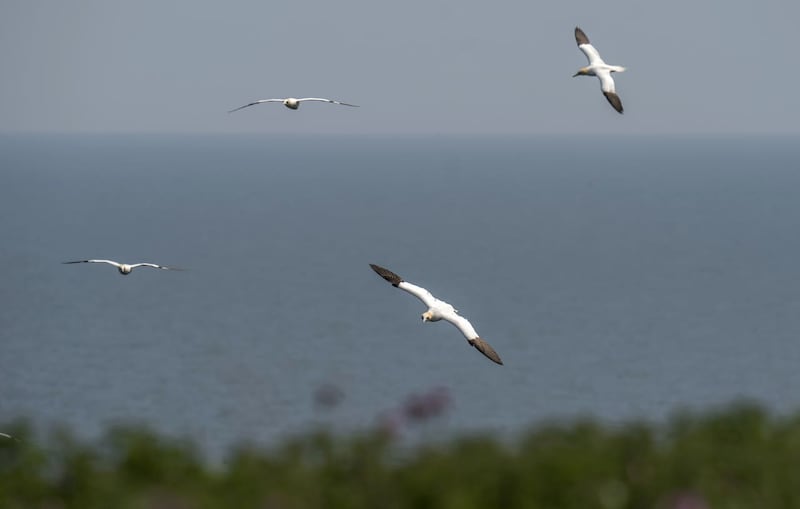
Professor Ian Brown, head of virology at the APHA, said vigilance is “absolutely critical” as autumn, and October in particular, is a “high uncertainty window”.
Explaining more about the research they have carried out, Professor Brown said their investigations involved collecting blood samples from around 30 northern gannets and 30 shags on Bass Rock, which the Scottish Seabird Centre says is home to around 150,000 gannets during peak season – making it the world’s largest colony.
He said it was a “huge logistical challenge” to carry out the research but that they hope to carry out more similar studies.
He added: “There was a very high mortality, probably upwards of 50% in some parts of the Rock.
“They are in close contact, so when they come together, it is a bit like being inside a poultry house on a poultry farm.
“The level of contact when they are breeding is much greater than when they are out at sea foraging and because of that, the virus can quite easily transmit between individuals.
“What we did see was individuals that were clearly in contact with birds that had succumbed and died. We did find through blood sampling that we could detect specific antibodies to the H5N1 virus.
“It isn’t a simple art to do this because the problem with wild birds, during their lifetime, is that they could be exposed to one or more influenzas and then dissecting the response is not straightforward.
“We developed a range of tools that gave us greater confidence that we were truly detecting antibodies to the H5N1 virus.
“We were able to show that around 30% of the birds we sampled had antibodies to H5N1, indicating they had been infected and had recovered. In the shags we saw something a bit higher, around 50%.
“We want to do more of this type of study, which will give us a better indication of what is happening at population level and between different species.”
The funding will also help scientists look deeper into how the virus transmits from wild birds to farmed poultry, the gaps in biosecurity that allow the virus to penetrate premises, how this could be addressed and how vaccination might impact outbreaks.
While the virus remains low risk to people, another £3.2 million has also been allocated for a sister consortium, focusing on the potential for human transmission.
Professor Guy Poppy, interim executive chairman at the Biotechnology and Biological Sciences Research Council and UKRI’s tackling infections programme lead, said: “In the face of a relentless challenge, the UK research community, in collaboration with Government, has demonstrated its agility in responding to emerging threats and diseases.
“The latest funding for the avian influenza research consortium signifies our collective commitment across research disciplines and Government departments to coordinate a world-class response that helps safeguard animal and human health.
“This investment is testament to the UK’s determination to stay ahead of avian influenza and underscores the importance of collaboration in the face of evolving threats.”
The research is published at 9am on Friday at science.vla.gov.uk/flu-lab-net
